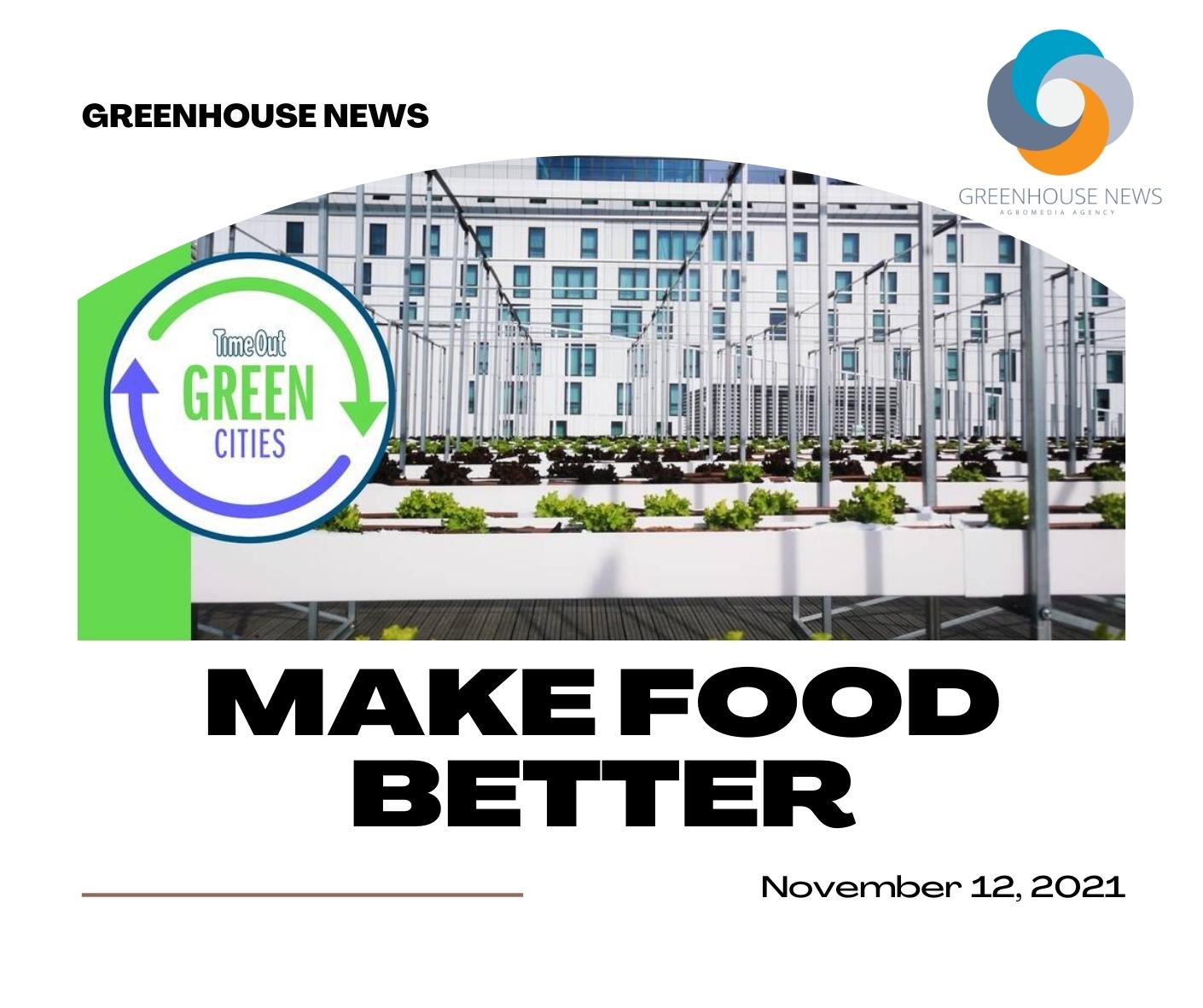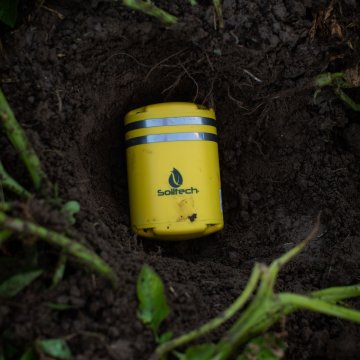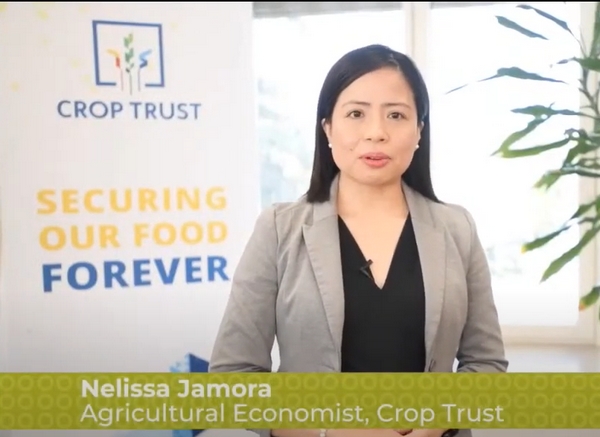From Montreal to Kyoto via Paris, a new breed of urban farmers is growing fruit and veg in ever-innovative ways
UN predictions put the world population at 9.7 billion by 2050 – with 80 percent of them living in cities. That’s a lot of mouths to feed. But food for most city-dwellers comes from thousands of miles away. In the US state of Iowa, which is the third largest for agricultural production, 80 percent of food consumed has travelled more than 1,900km.
If cities are part of the problem, then they have to be part of the solution. Rising to the challenge are a new breed of urban farmers. The solutions are as diverse as our cities and often involve cutting-edge technology. ‘We need to see the city as a range of challenges and different urban agriculture methods as tools in the toolbox. There is no one-size-fits-all when it comes to developing local and resilient food systems,’ says Henry Gordon-Smith, the CEO of Agritecture, an urban agriculture planning company.
But these are not your inner-city petting farms of yore. Lufa Farms in Montreal, Canada, is one of the pioneers and builds greenhouses atop industrial buildings equipped with hydroponics, where plants grow in mineral-enriched water.
The firm was started by Mohamed Hage, an immigrant from Lebanon, and now operates four sites across Montreal. Having grown up in a small town which largely produced its own food, Hage missed the taste and quality of fresh, locally grown produce in Montreal. ‘Nothing about urban agriculture is really revolutionary, it’s simply a recreation of something that’s very, very old,’ he says.

Cities suffer from the ‘urban heat island’ effect because the buildings that replace vegetation absorb and retain heat – in turn requiring more air-conditioning. That’s why you feel so hot in the city, with dense neighbourhoods often being a few degrees hotter than greener areas. Urban farms help ‘regreen’ cities, reducing temperatures, taking CO2 out of the air and pumping out fresh oxygen.
Three of Lufa’s farms are located on previously unused rooftops, while the fourth was purposely designed with a rooftop greenhouse. It’s easy to think this is just a drop in the ocean but each week they harvest 25,540 kg of fruit and veg – two percent of the food needs of Montreal. The latest site at Ville Saint-Laurent, now the world’s largest rooftop greenhouse, alone accounts for about half of this total.
In Europe, Paris is at the forefront of the revolution, thanks largely to the city council. A heatwave in 2003 caused the deaths of 14,802 people in France. To combat urban heat islands, Paris mayor Anna Hidalgo set out the Parisculteurs plan to create 100 hectares of green space by 2020, with a third devoted to urban farming.
Companies that have entered the market include Nature Urbaine, the world’s largest rooftop farm, which sits on top of the Porte de Versailles exhibition centre. Covering 14,000 square metres, the farm grow 30 species of vegetable and herbs, plus rents out 140 allotments to locals. Sous les Fraises, meanwhile, runs nine rooftop farms producing premium crops such as berries and hops.

Cities often end up with unused underground spaces. La Caverne uses an old Parisian car park. ‘Farming is a battle for land first, so growing underground was therefore a solution because it’s easier and there is a lot of unused space,’ says co-founder Théo Champagnat. However, such projects often require LED lights to make up for the lack of sunlight, so more energy is used. By careful selection of crops, La Caverne has avoided this. ‘LED farming represents less than five percent of our activity. Chicory grows in complete darkness and mushrooms require very little lighting,’ explains Champagnat.
Labour can be a large cost for many urban farms. But promisingly, Japanese firm Spread has created the world’s first large-scale automated farm, Techno Farm Keihanna in Kyoto. ‘The larger the growing space is, the more difficult it gets to ensure the stable production for factors such as product quality, size and quantity. At the same time, stable production is necessary to standardise the operations to the degree needed for the efficient automation,’ says Spread’s spokesperson. The plant now produces three tons of lettuce daily.
Automation has tackled the most labour-intensive parts of production including seeding, raising seedlings and transportation of the cultivation panels. ‘We think that this will help to make agriculture more attractive for the young generations, and contribute to making agriculture a more sustainable industry,’ the Spread spokesperson adds. Not only are the lettuce produced pesticide-free but they also contain several times the level of beta-carotene (a vital nutrient) of ordinary iceberg lettuce.
Even individuals and small businesses can get in on the act at LA Urban Farms’ Tower Garden. Using a modular aeroponic tower system, it can fit into a small space like a balcony. ‘It absolutely makes eating healthily more accessible when you have fresh food growing in your own backyard or at your restaurant because you have control over your food supply,’ says founder Wendy Coleman. That’s certainly the ultimate convenience food.










